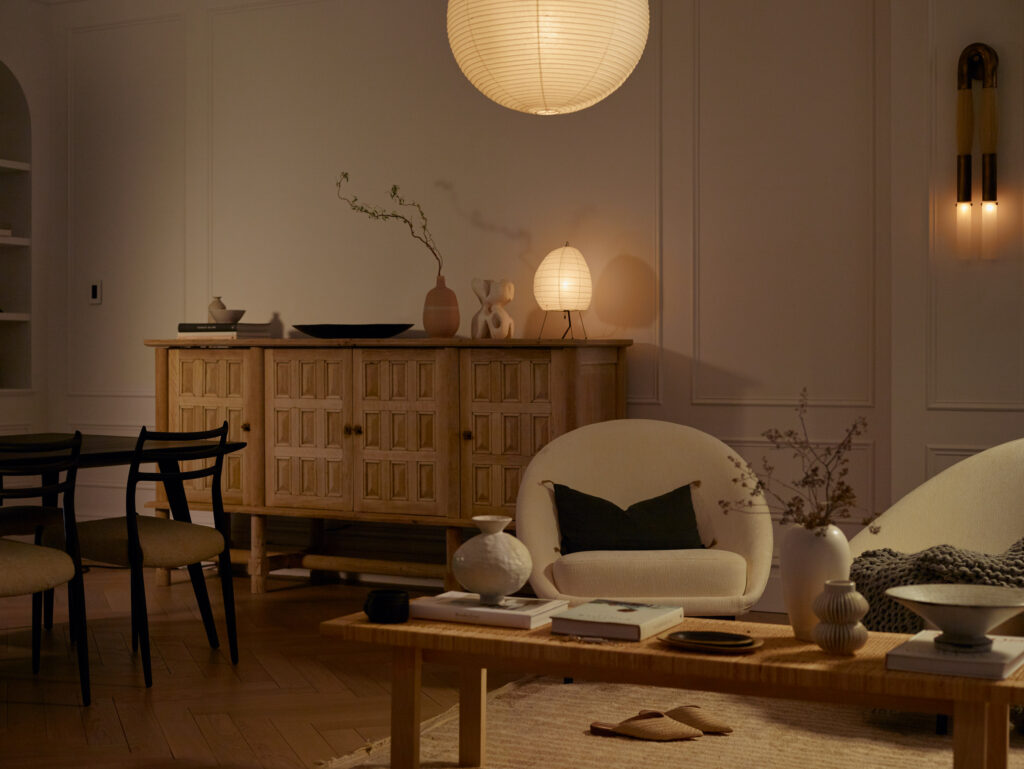How can human-centric lighting improve our health and provide energy savings? Patrick Gall, head of channel development, Orro, sits down with Constructech editorial director Peggy Smedley to shed some light on how connected lighting can brighten our day.
Peggy Smedley (PS) How has home control evolved in the past decade? Where are we today?
Patrick Gall (PG) Home control has come a long way in the past decade. Previously, it was only possible to get home-wide control of your technology via expensive home automation systems, often costing customers tens of thousands of dollars, if not more. While those types of systems still exist today—and are needed for some very large homes and projects)—there are an abundance of lower-cost ways to bring at least some of that home automation to any home. It could be through something like the Alexa voice service or a system like Orro. However, many of those other systems & platforms do not inherently work that well together and it can be hard to get all your devices to work together as you might think. Even with one of those lower-cost systems, a professional installer is always something to consider. They are the pros when it comes to this stuff and are integrating devices and technologies for homeowners each day. Plus, you don’t have to spend an arm and a leg to have a simple combination of devices work well together.
PS What exactly is human-centric lighting?
PG Human-centric lighting focuses on using technology to help provide your body with the right balance of lighting—natural and artificial—throughout a full day and evening. Before technology existed, humans lived their days and nights by the sun. When the sun would come up, they would wake up and begin their days. As the sun would set and the sky got dark, they would sleep. With artificial lighting in our lives, it can be easy for too much artificial lighting at the wrong times of the day—like when you wake up or before bed—to interrupt that natural schedule of your body (your circadian rhythm). Therefore, companies like Orro are trying to provide just the right amount of artificial light—when you really need artificial light—to help support your body’s schedule & rhythm.
PS What is the correlation between lighting and sleep?
PG One of the biggest problems that a human-centric lighting system can help improve is sleep. There are tons of data that shows too much artificial lighting right before bed or when you wake up can have a true effect on your body, its schedule, and especially how you sleep. This goes back to our circadian rhythm and trying to live by the sun. If we’re exposing our bodies to the lights on at 100% right before bed at 10 pm, we’re directly interfering with what our body would naturally get (and wants). Artificially light does more than just provide a harsh feeling on our eyes, at times, it goes much further and can totally impact our sleep—negatively.
PS How can technology help with circadian rhythm?
PG The right technology can take ‘inputs,’ such as time of day and natural sunlight coming into a room and apply software that turns on the lights to an appropriate level for that moment that helps support our body’s daily cycles, i.e., our circadian rhythm. That’s exactly what Orro does and part of the way Orro does this is via sensors built into their light switches. For some, sensors in your home sound scary due to some data hacks over the last few years. While that fear may always exist, technology in your home has become much more secure and private. And sensors like motion sensors, sounds sensors, and ambient light sensors (like you find in Orro light switches) simply help understand the environment of the room to then determine the right amount of light for that moment. And for Orro at least, all of that ‘sensor data’ stays local to your house, meaning it’s not sent up to the cloud, allowing for the privacy and security we all want.
PS What is your vision for the future of lighting?
PG Personally, I’m super excited to see all of those lighting technologies continuing to evolve. I love what Orro does in my home by automatically and proactively turning my lights on and off—and adjusting their levels—because it’s an awesome experience to never have to touch light switches again and I know my body—and my family’s bodies—are getting the right amount of light. And I love that I can extend that experience to something like Philips Hue bulbs. At the same time, I know there is another dimension of ‘the right light,’ which is color temperature and the appropriate color of light for that moment. So, I’m excited to fast forward to a world (not that long from now) where something like Orro is always providing the right levels of light, automatically, and is integrated with lighting fixtures/bulbs that are also changing colors and color temperature. I then take that to one final dimension, natural sunlight that is coming into my room, and motorized shades I have. If my lighting system is integrate with those motorized shades and the sensors from my lighting system are telling the shades how much sunlight is coming into the room at that moment, and then my shades automatically go up or down, I think we’ve reached ‘perfection’ in terms of different pieces of technology working together, automatically, to provide an awesome lighting experience that is right for our bodies and helps with energy efficiency and savings.

